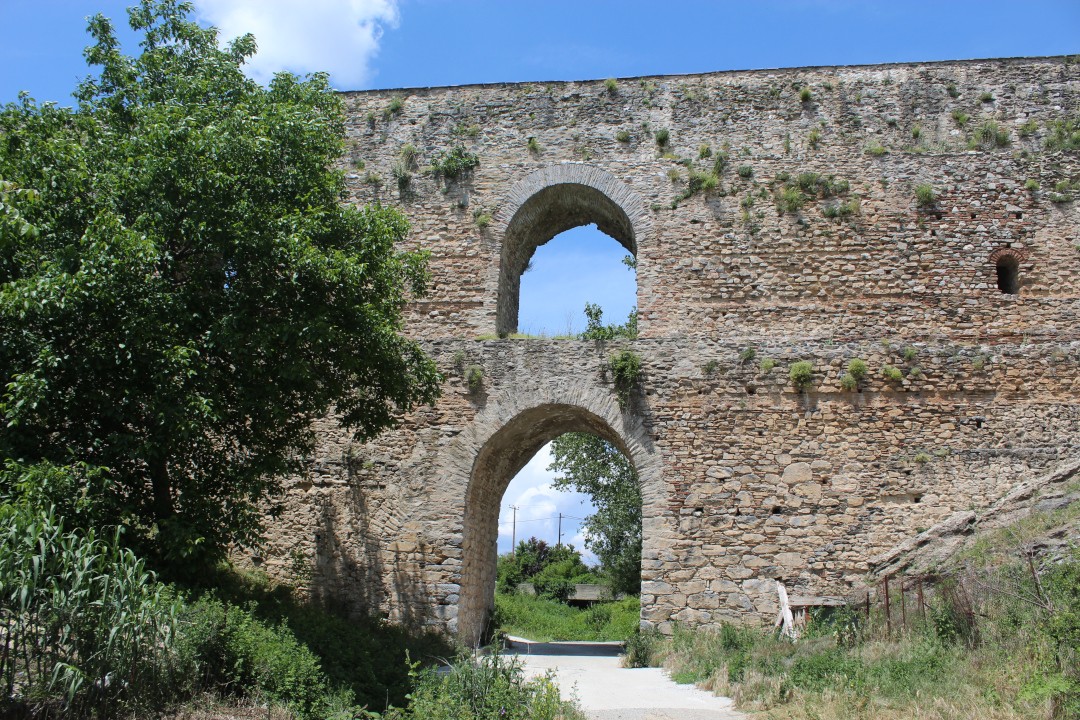In 168 BC, Macedonia became a province of the Roman Empire, and many large-scale public works were constructed. One of them was the Roman Aqueduct of Hortiatis. Measuring 223 metres in length and 20 metres at its maximum height, the aqueduct is the only surviving monument of its kind in Central Macedonia.
Due to its geographical position, Hortiatis played a significant role in the fight for liberation during WWII. The mountain served as a hideaway for soldiers of the British and other Allies, who managed to escape from the camps of the German authorities. It was also the base of operations for the resistance groups.
On 2 September 1944, a group of resistance fighters descended from Mount Hortiatis and set up an ambush, knowing that twice a week, vehicles of the Water Supply Service were coming to disinfect the aqueduct tank that was used to supply a large part of Thessaloniki.
During the clash, a Greek employee of the Water Supply Service and a German sergeant were killed. The incident became the pretext for the Hortiatis Holocaust, that begun only a few hours later. 149 residents of Hortiatis were killed or burned alive.
